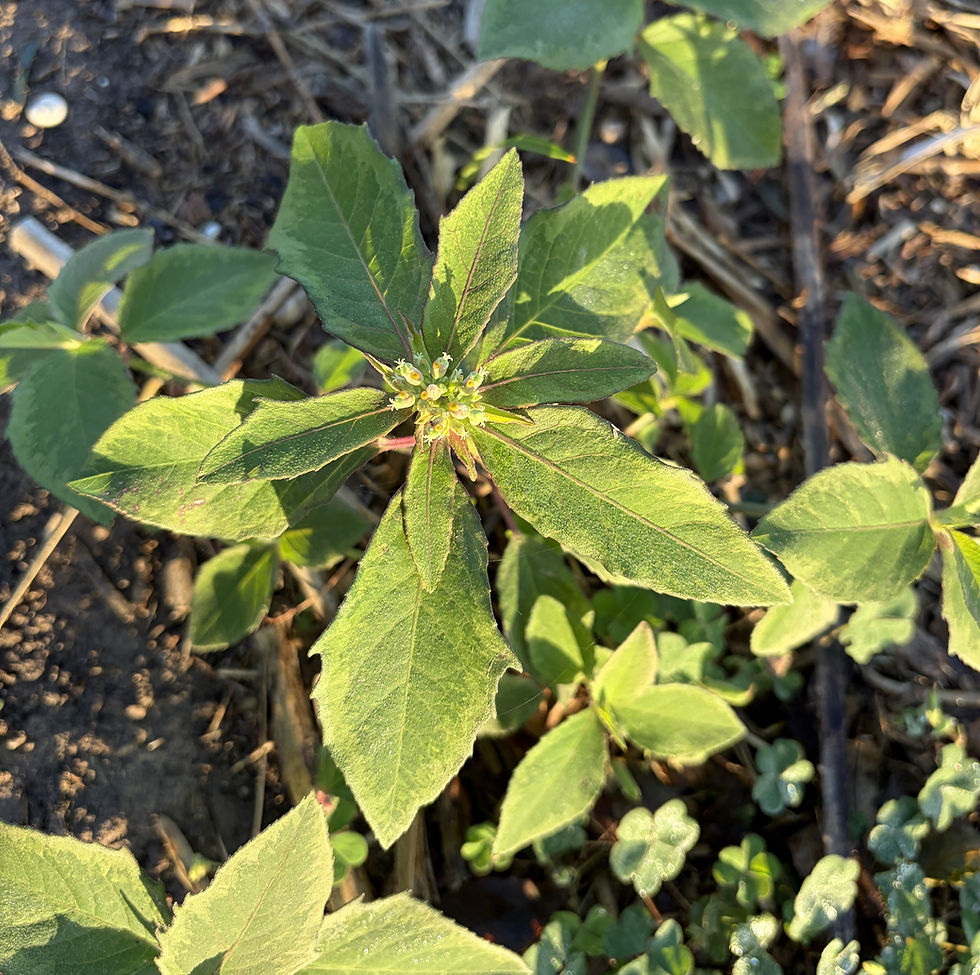National Moth Week 2023
- jjvanm
- Jul 15, 2023
- 3 min read
The global even runs July 22 - 30

Published July 15, 2023, in the McAllen Monitor
Story and photos by Anita Westervelt, Texas Master Naturalist
Moths play a vital role in the ecosystem. Female moths can lay hundreds of eggs during their life, subsequently producing caterpillars that feed other wildlife, such as other insects, spiders, frogs, toads, lizards, bats and birds. Likewise, adult moths are a food source of much wildlife.
National Moth Week July 22 – 30 is a global event to showcase the importance of moths and encourage residents to get involved with citizen science by observing, photographing and sharing data with as many organizations as they like. For free, user-friendly organizations, visit https://nationalmothweek.org/how-to-submit-data-2/.
Moths are attracted to lights at night. It is relatively easy to set up a moth-attracting station in your own backyard as a unique summer project.
Hundreds of species can visit moth lights in the Rio Grande Valley. Some of the largest are sphinx moths with wingspans up to six inches. Sphinx moths exhibit rapid flight because of their airplane-like physique – some at speeds of 30 miles an hour. The mournful and satellite sphinx moths resemble a Stealth Bomber.


Sphinx moths can hover like helicopters. Their antennae shape helps them perform complex flying maneuvers. They may perform a pre-flight shivering, which warms up their flight muscles.
In spite of their size, shape and abilities, sphinx moths are not harmful to humans; they do not bite. They are primarily nocturnal fliers and are attracted to white or pale-colored flowers with a sweet fragrance. Most adults feed on nectar. Their larvae use specific host plants.
A popular, fragrant, night-blooming plant in the potato family, is sacred datura, Datura wrightii, also known as moonflower or angel trumpet. It is a larval host to the Carolina sphinx, Manduca sexta; pink-spotted hawkmoth, Agrius cingulate; and the five-spotted hawkmoth, Manduca quinquemaculatus.
The mournful sphinx, Enyo lugubris, uses two Rio Grande Valley plants for larval food: peppervine, Nekemias arborea; and possum grape, Cissus trifoliata. Possum grape also is a host for the vine sphinx, Eumorpha vitis.

David’s milkberry, Chiococca alba, a shrub with white, bell-shaped flowers found in extreme south Texas is a larval plant for the spurious sphinx, Cautethia spuria. The obscure Sphinx, Erinnyis obscura, uses bearded swallow-wort, Cynanchum barbigerum, as a host plant, a vine in the milkweed family.


Larval host plants aren’t necessary to attract sphinx moths. A home moth-attracting station can easily be set up and be as simple as draping a white sheet over a portable table and aiming a UV light onto the surface. Purchase an LED black light (ultraviolet or UV-A light) bulb at a grocery or hardware store or online that will fit a standard lamp or clamp-style work light fixture.
A flashlight or headlamp with white light is desirable to illuminate moths for photographing.
Set up in an open space, if possible. Turn the black light on at sunset. The more consecutive nights, the more variety of moths you may attract. For more ideas, visit https://nationalmothweek.org/finding-moths-2/.
Sphinx moths seem to come to a moth sheet just before dawn; several have stayed around after daylight and could be photographed in natural light.

- 30 -
Helpful resources for this article were NationalCenterforBiotechnologyInformation.gov, BugGuide.net, mdc.mo.gov and Weber, Jim and Weber, Lynne. “Native Host Plants for Texas Moths: A Field Guide.” 1st ed., Texas A&M University Press, College Station, 2022.

Sidebar:
National Moth Week events scheduled at local nature centers
Submitted by Anita Westervelt, Texas Master Naturalist
Moth attracting events are scheduled at Rio Grande Valley venues during the 2023 National Moth Week. Contact your favorite local city and state parks and nature centers to see what other events are scheduled.
South Texas Ecotourism Center, Laguna Vista
Saturday, July 22, 6 p.m. to midnight, 956-772-0212
Quinta Mazatlán, McAllen
Saturday, July 22, 9 p.m. to midnight, 956-681-3370
Bentsen-Rio Grande Valley State Park, Mission
Saturday, July 22, 8 to 9 p.m., 956-584-9156
Estero Llano Grande State Park, Weslaco
Wednesday, July 26, 9 to 11p.m., 956-565-3919
There are more than 4,700 recognized moth species in Texas. More than 1,086 species have been documented in the Lower Rio Grande Valley at iNaturalist.org.
For more information about moths and mothing, visit https://nationalmothweek.org.
- 30 -





